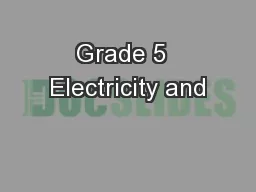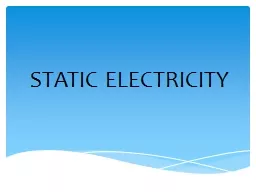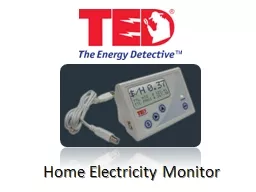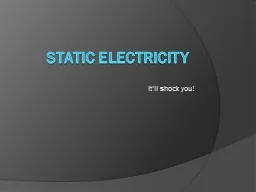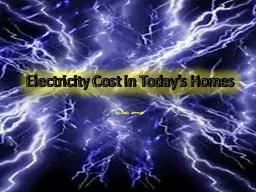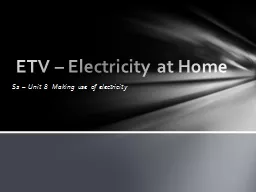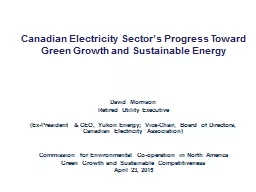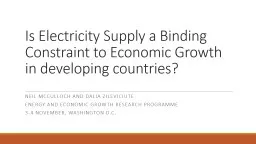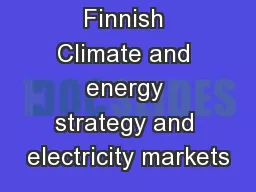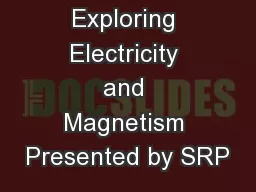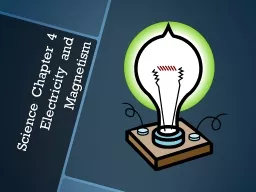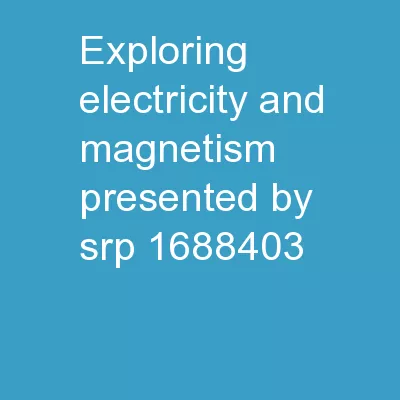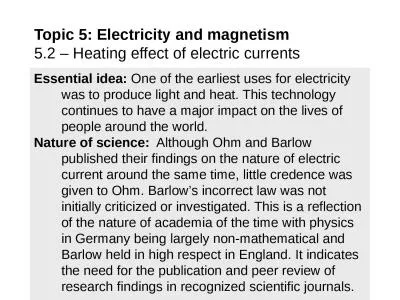PPT-Grade 5 Electricity and
Author : giovanna-bartolotta | Published Date : 2018-11-01
Get Connected Essential Lab 7 Big Idea 11 Energy Transfer and Transformation Big Idea 10 Forms of Energy Mary Tweedy Curriculum Support Specialist Keisha Kidd
Presentation Embed Code
Download Presentation
Download Presentation The PPT/PDF document "Grade 5 Electricity and" is the property of its rightful owner. Permission is granted to download and print the materials on this website for personal, non-commercial use only, and to display it on your personal computer provided you do not modify the materials and that you retain all copyright notices contained in the materials. By downloading content from our website, you accept the terms of this agreement.
Grade 5 Electricity and: Transcript
Download Rules Of Document
"Grade 5 Electricity and"The content belongs to its owner. You may download and print it for personal use, without modification, and keep all copyright notices. By downloading, you agree to these terms.
Related Documents

